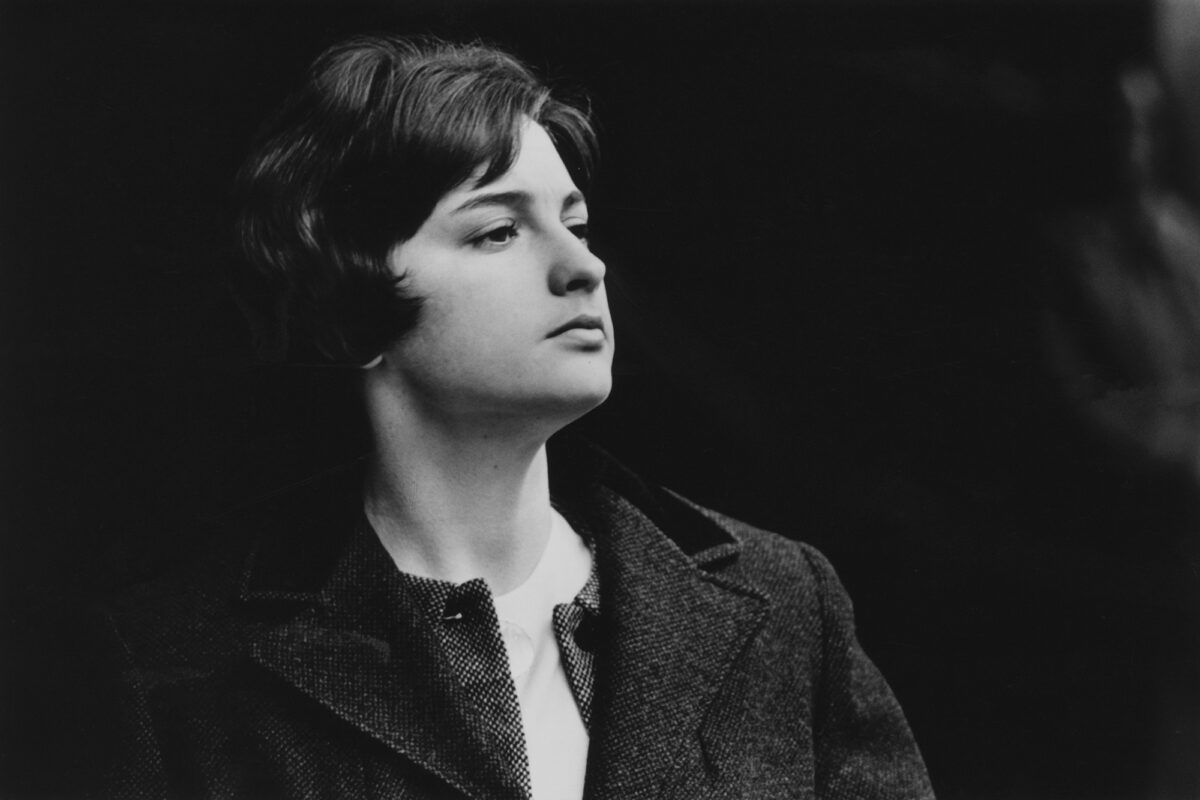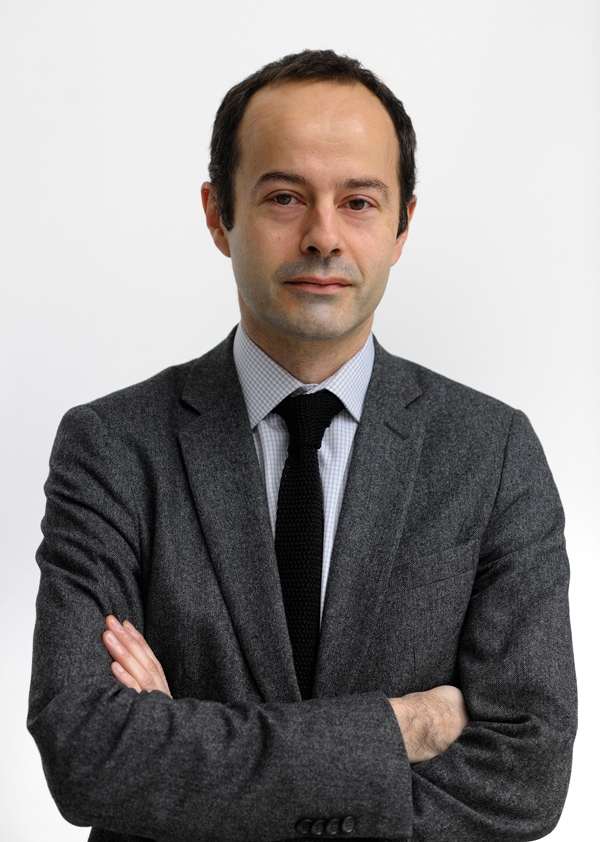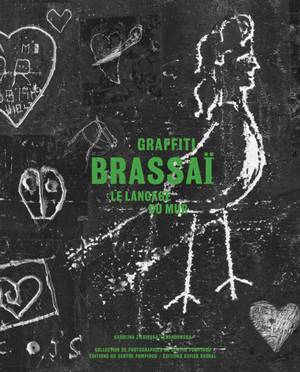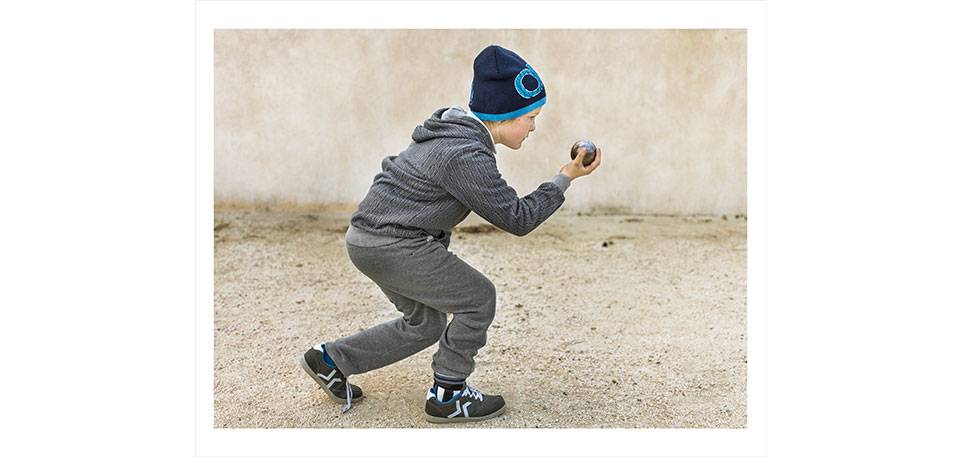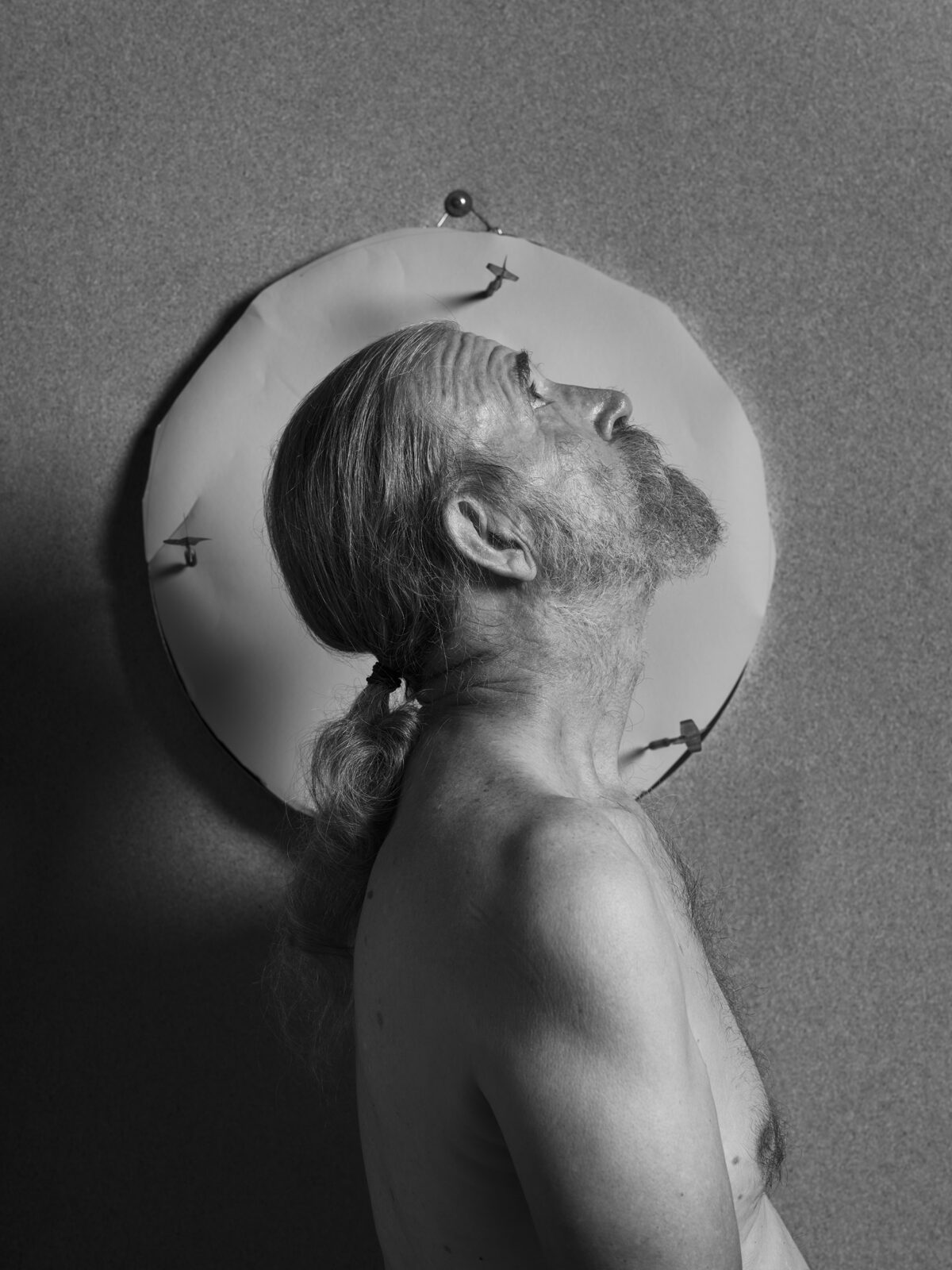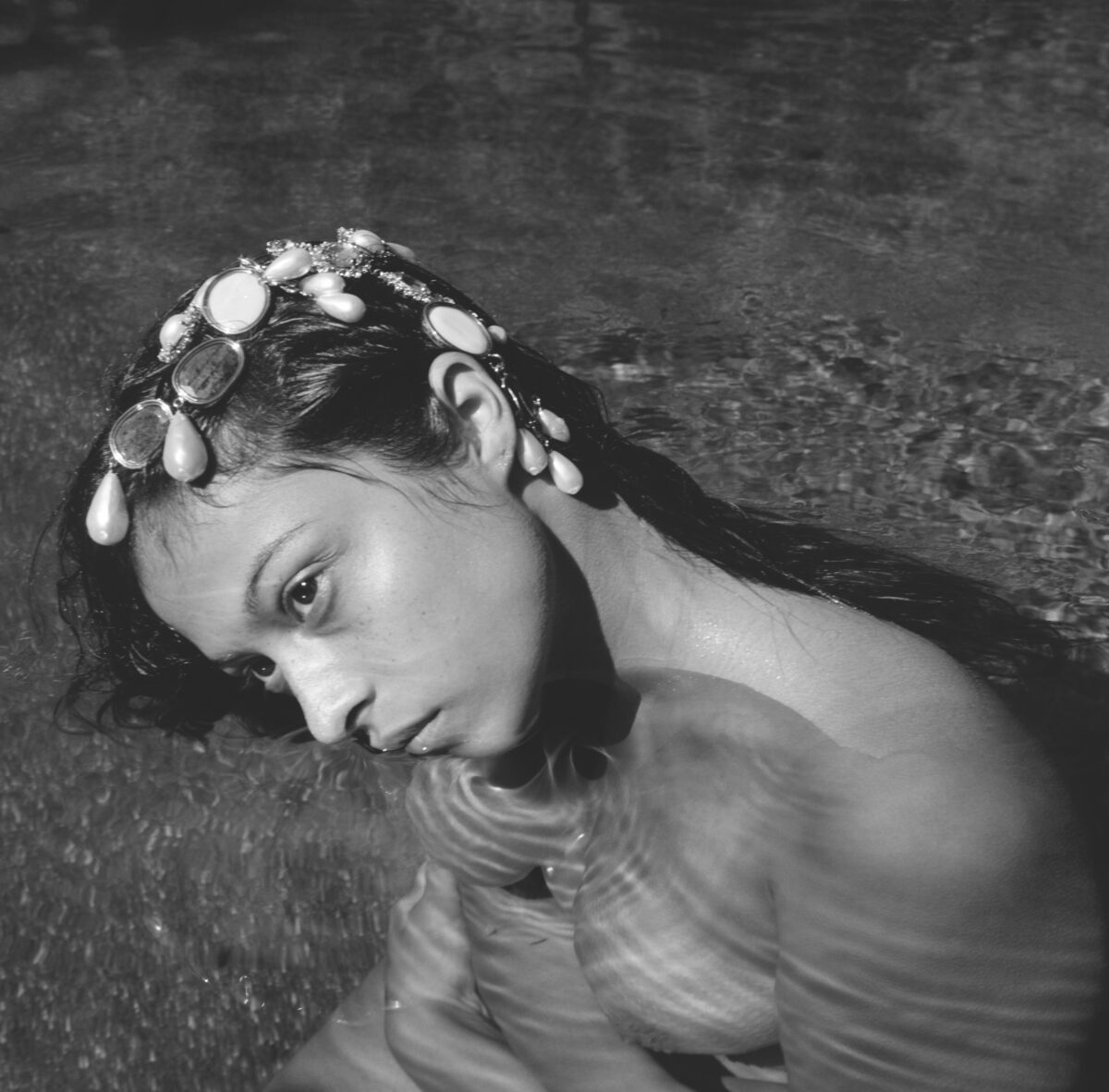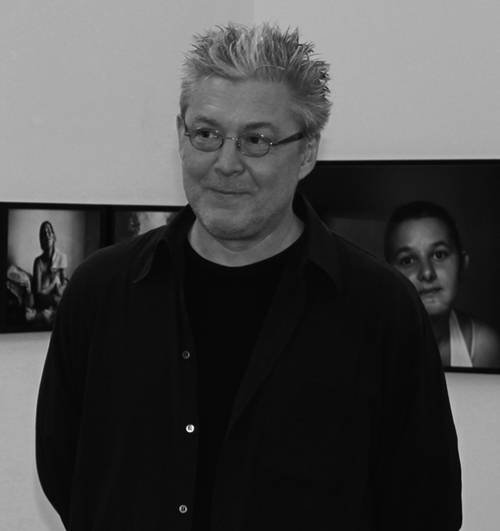Pari Dukovic thinks of himself as a street photographer. After his father gave him a camera when he was eight years old, he took pictures in the streets of Istanbul, where he grew up, and later in New York, wandering, looking, alert and ready to capture images that he considered “genuine.” When he photographed the 2013 fashion shows in New York, Paris, and Milan, he still thought of himself as a street photographer, but one who took his camera indoors. He roamed the venues, avoiding the obvious, spending endless hours backstage. He carried multiple point-and-shoot cameras loaded with different films at different settings, which allowed him to work intuitively. The result was a sumptuous series of pictures that were a surprisingly fresh interpretation of a rather tired, frequently photographed subject.
It is easy to recognize a Dukovic image. His black and-white-work is grainy, almost blown out, often up close and in your face. It can be aggressive and has a sense of motion. His color photos have a moody sense of beauty and an intense palette; he often dissects the face with his extreme close ups. For images that are so impressionistic, they have surprising emotional force.
To an unusual degree, Dukovic is involved in every aspect of the creation of his images. He works only with film, uncommon for a contemporary photographer, and he uses a special scanner that he customized himself. He is committed to finding the best crop and the grain and color that conform to his vision.
Dukovic has a passion for music and art, particularly Boccioni’s sculptures, Caravaggio’s paintings, Impressionist art, and Philip Glass’s music. It is easy to detect the influence of William Klein, Daido Moriyama, and Man Ray in his photographs, but he also cites Irving Penn as his great inspiration, both in his work and in his singular devotion to excellence. And like Mr. Penn, he is venturing beyond the world of fashion photography. His next project is a departure: decaying food. It will be an aesthetic and stylistic departure — still lifes, street-photography style.

